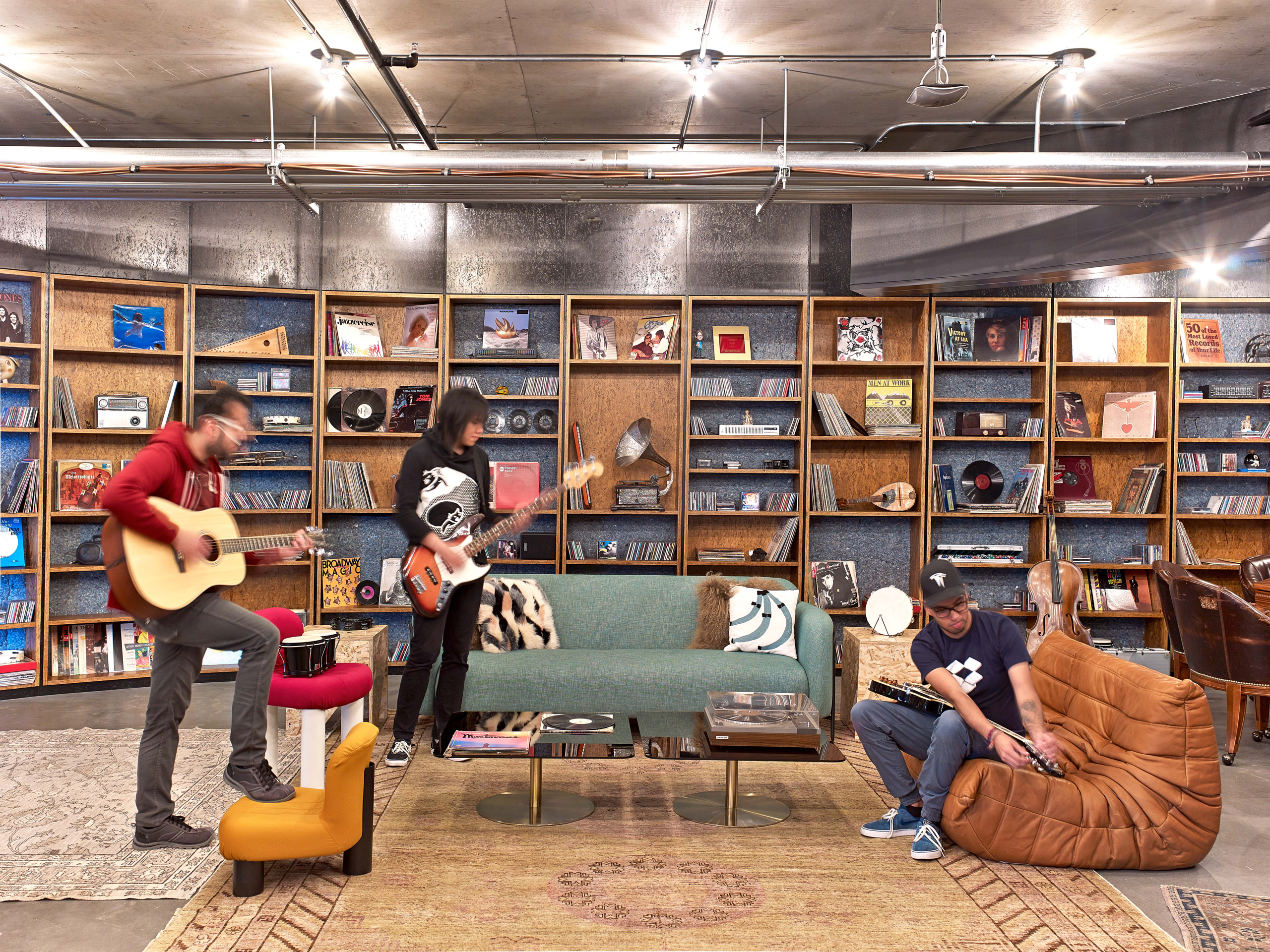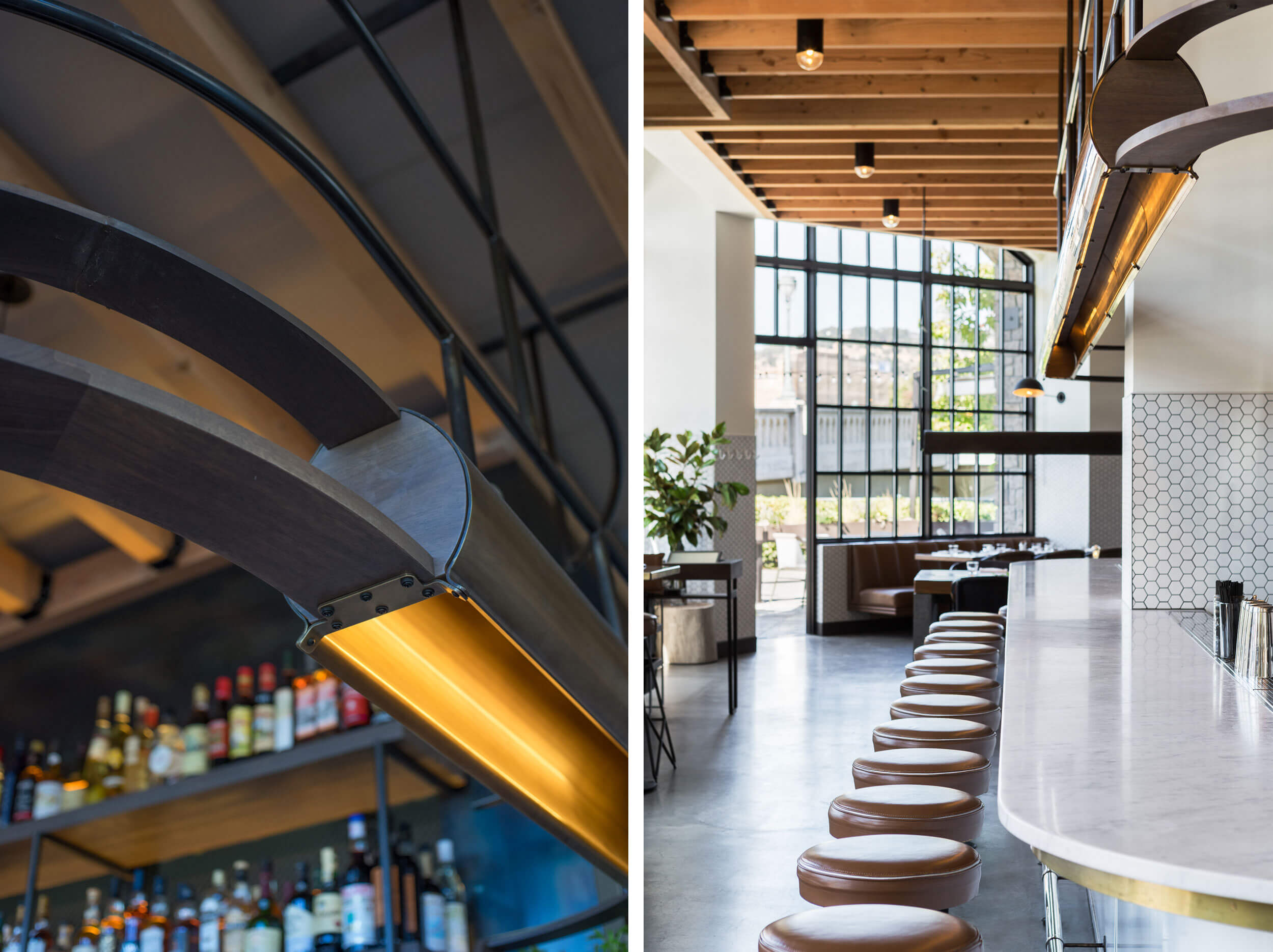

How can employers support everyone’s individual preferences? Plus, that eliminates the commute, so you’re not frustrated and hot and sweaty, and you didn’t just waste 45 minutes of your time in transit.īut not all employees are the same. If 75% of a team lives in Brooklyn, why would everyone travel to Manhattan for a meeting at the office? Just meet at a coffee shop in Brooklyn and have that same valuable interaction.

People are snapping back to old behaviors - which are bad! We have to retrain employees to figure out the best ways to work, whether that’s in an office, or in a park, or over Zoom. How should employers work with employees to figure out the next step?Īs we’ve seen people get back to the office, that muscle memory of what used to happen is unbelievably strong. Read more: 3 things to consider when building a hybrid work strategy And employees are saying, ‘I’m an adult, I’m responsible, I get my job done, and there shouldn’t be arbitrary rules around where I am to do that job.’ We work with a lot of folks that think about offices in terms of square-foot per person, but we’re counseling our clients to first listen to their employees.

And now it’s like, ‘Just kidding, we need you here three days a week!’ That’s a bad look, and it’s whiplash for the employee. Especially in big tech, which had originally said they’d never have an office again. We’re in this weird moment right now where you’re seeing a push-pull. It does feel like there are a lot of shifting policies right now. And we’re now starting to hear from some of them and they do need a space, or a retreat center or a hub. We had a couple of clients that came out fairly early last year and said they were going to give up their offices and be remote-first moving forward. Throughout the pandemic, did a lot of businesses jump to conclusions about how they’d use - or not use - their offices? We’re counseling our clients to survey, listen, pay attention. A place for storytelling, with a memory all its own.How are your clients talking about the so-called return to work?Ī lot of our clients are expecting to know what’s to come, and we’re tempering that conversation with: We’re still learning. "An exercise in placemaking built on and celebrating connection and conversation. "We envision 'Tell Me More' as a living embodiment of human interaction," says Rapt Studio's CEO and Chief Creative Officer, David Galullo. Threads hanging from the ceiling are attached to cards containing more questions and conversation starters, all designed to spur connections between strangers. The change of color signals a change of mood-from the reflective blue to an inviting amber. Next, a wall of mirrors leads into a warm lounge space with various seating clusters. After taking a moment to reflect, visitors will leave behind a question of their own before stepping into the next phase of the experience. Once inside, visitors will be asked to contemplate a question posed by the person who was last there.
Rapt studio jobs series#
Visitors first enter the "arrival chamber"-a cool-toned, ethereal setting within the vaults of Milan's Central Station-where they step inside one of a series of circular, drapery-clad "stages or personal theaters," as the designers refer to them.


 0 kommentar(er)
0 kommentar(er)
